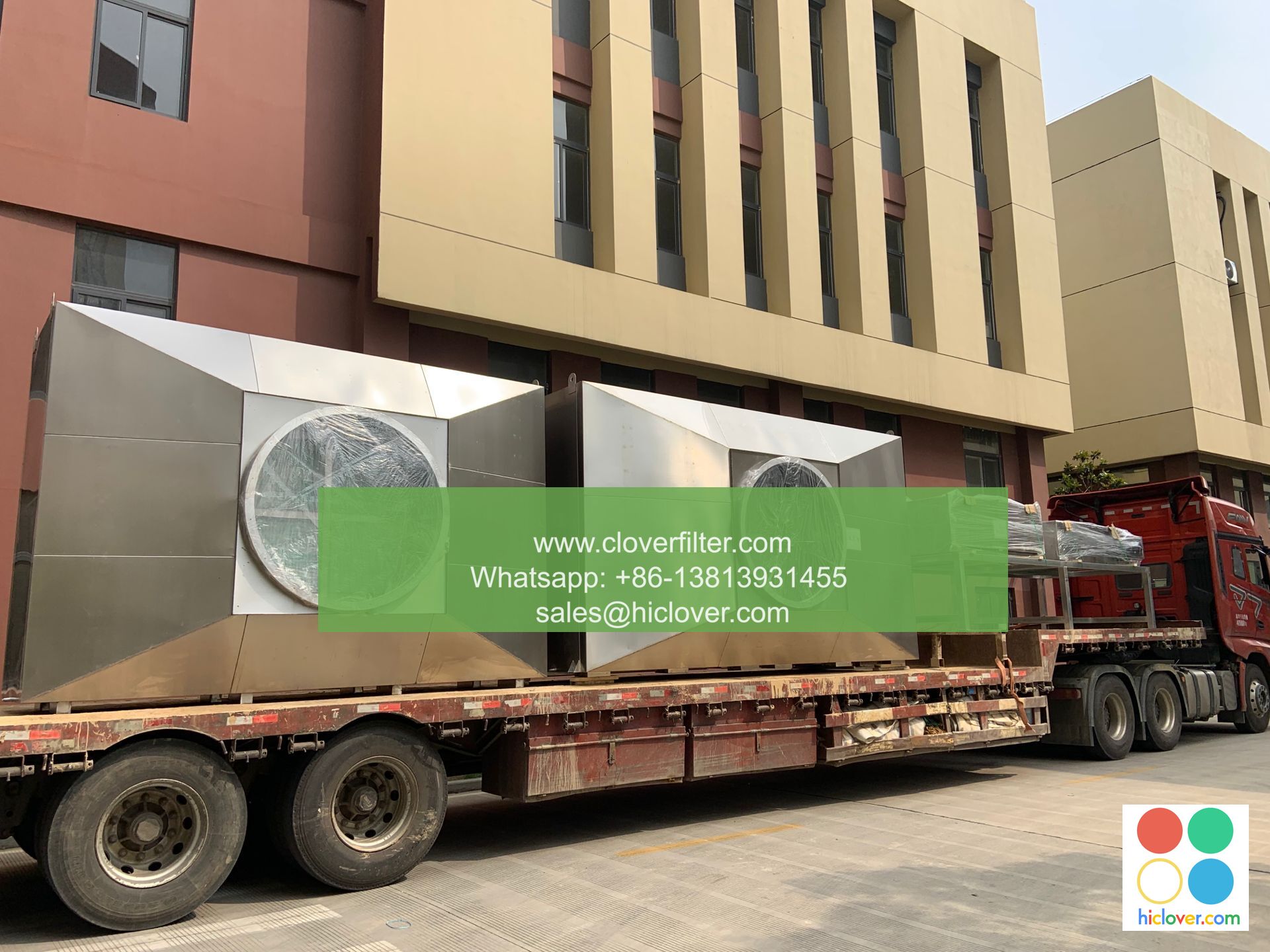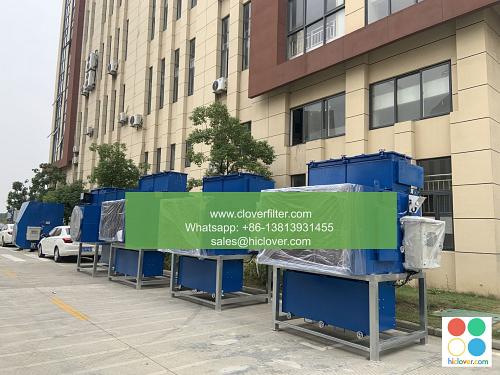Air Filter Size and Installation 101: A Beginner’s Guide

Proper air filter size and installation are crucial for maintaining good indoor air quality, reducing allergy symptoms, and improving HVAC system efficiency. In this article, we will cover the basics of air filter size and installation, highlighting various application areas such as residential, commercial, and industrial settings.
Understanding Air Filter Sizes
Air filter sizes are typically measured in inches, with common sizes ranging from 10×20 to 24×36. The size of the air filter needed depends on the specific heating, ventilation, and air conditioning (HVAC) system being used. It is essential to choose an air filter that fits snugly in the designated filter slot to ensure proper airflow and efficiency.
Types of Air Filters
There are several types of air filters available, including:
* Fiberglass filters: These are the most common type of air filter and are suitable for basic filtration needs.
* Pleated filters: These filters have a larger surface area and are more effective at capturing small particles and allergens.
* Activated carbon filters: These filters are designed to capture odors and gases and are often used in commercial and industrial settings.
* HEPA filters: These filters are highly effective at capturing 99.97% of particles as small as 0.3 microns and are often used in residential and commercial settings.
Installation Best Practices
Proper installation of an air filter is crucial for optimal performance and efficiency. Here are some best practices to follow:
* Always turn off the HVAC system before attempting to install a new air filter.
* Ensure the air filter is properly seated and secure in the filter slot.
* Replace the air filter every 1-3 months depending on usage and manufacturer recommendations.
* Consider upgrading to a smart air filter that can monitor and adjust to changing air quality conditions.
Common Challenges and Solutions
Some common challenges associated with air filter size and installation include:
* Incorrect filter size: This can lead to reduced airflow and efficiency. To avoid this, always measure the filter slot before purchasing a new air filter.
* Filter bypass: This occurs when air bypasses the filter and enters the HVAC system unfiltered. To prevent this, ensure the air filter is properly seated and secure.
* Filter maintenance: Failing to replace the air filter regularly can lead to reduced performance and increased energy bills. To avoid this, set reminders to replace the air filter every 1-3 months.
Conclusion
In conclusion, proper air filter size and installation are essential for maintaining good indoor air quality, reducing allergy symptoms, and improving HVAC system efficiency. By understanding the different types of air filters, following best practices for installation, and addressing common challenges, you can ensure optimal performance and efficiency from your HVAC system. Whether you are a homeowner, business owner, or facility manager, it is essential to prioritize air filter size and installation to create a healthy and comfortable indoor environment. It looks like you’re ready to get started, but I don’t see a prompt. Could you please provide more context or clarify what you’d like to talk about or ask? I’m here to help with any questions or topics you’d like to discuss!

